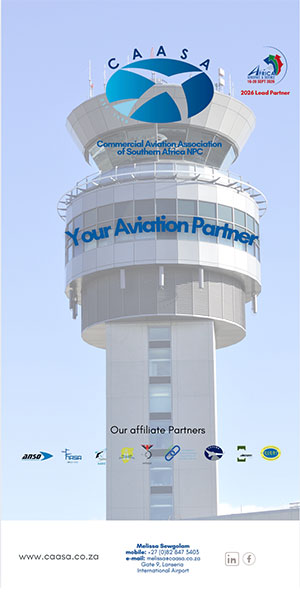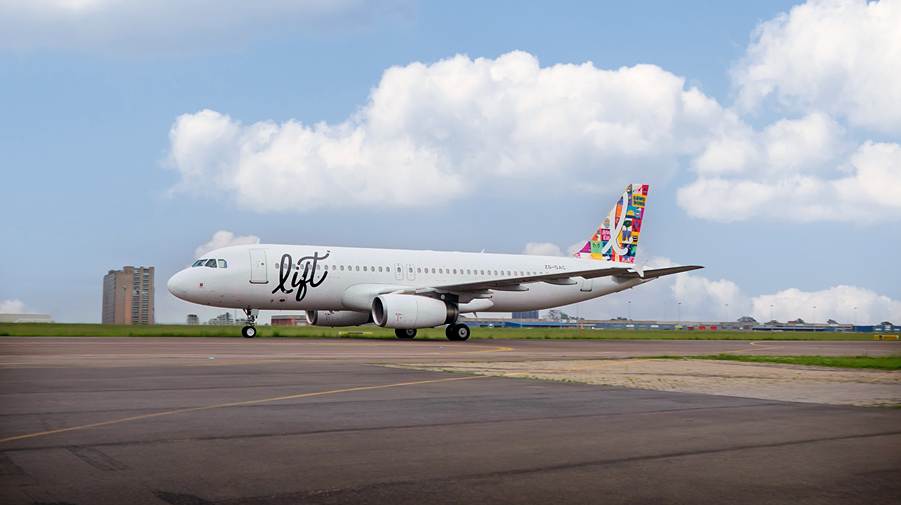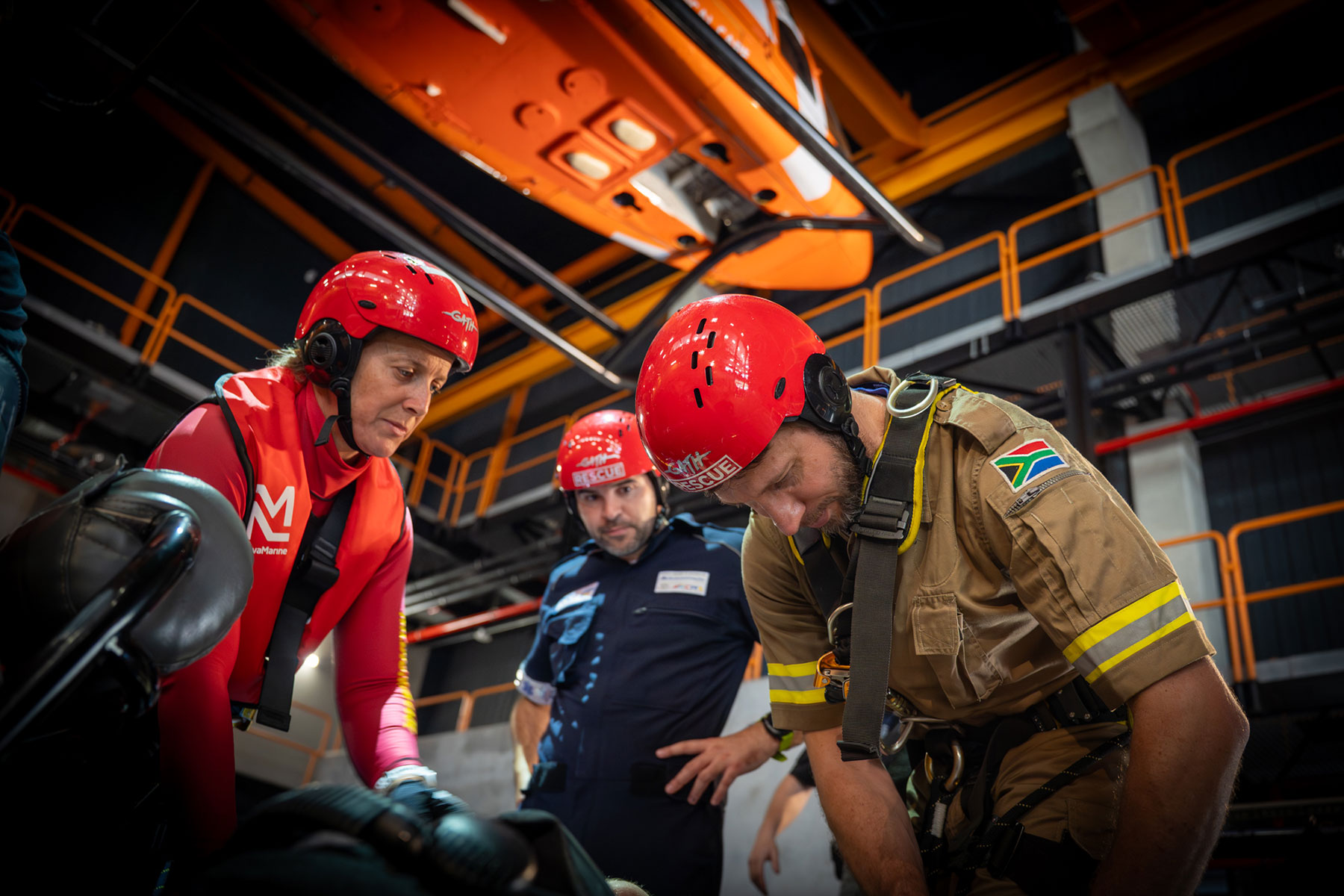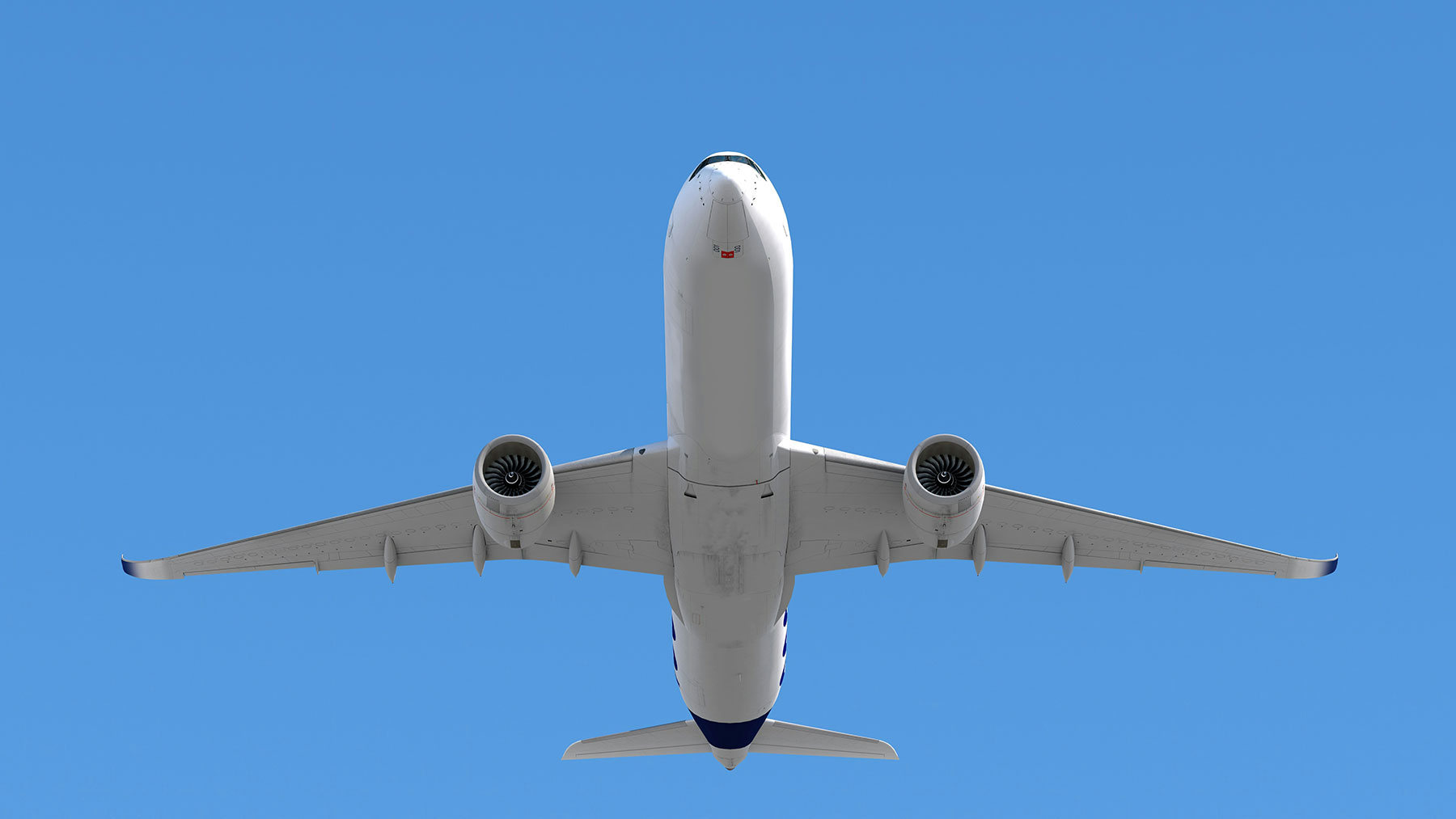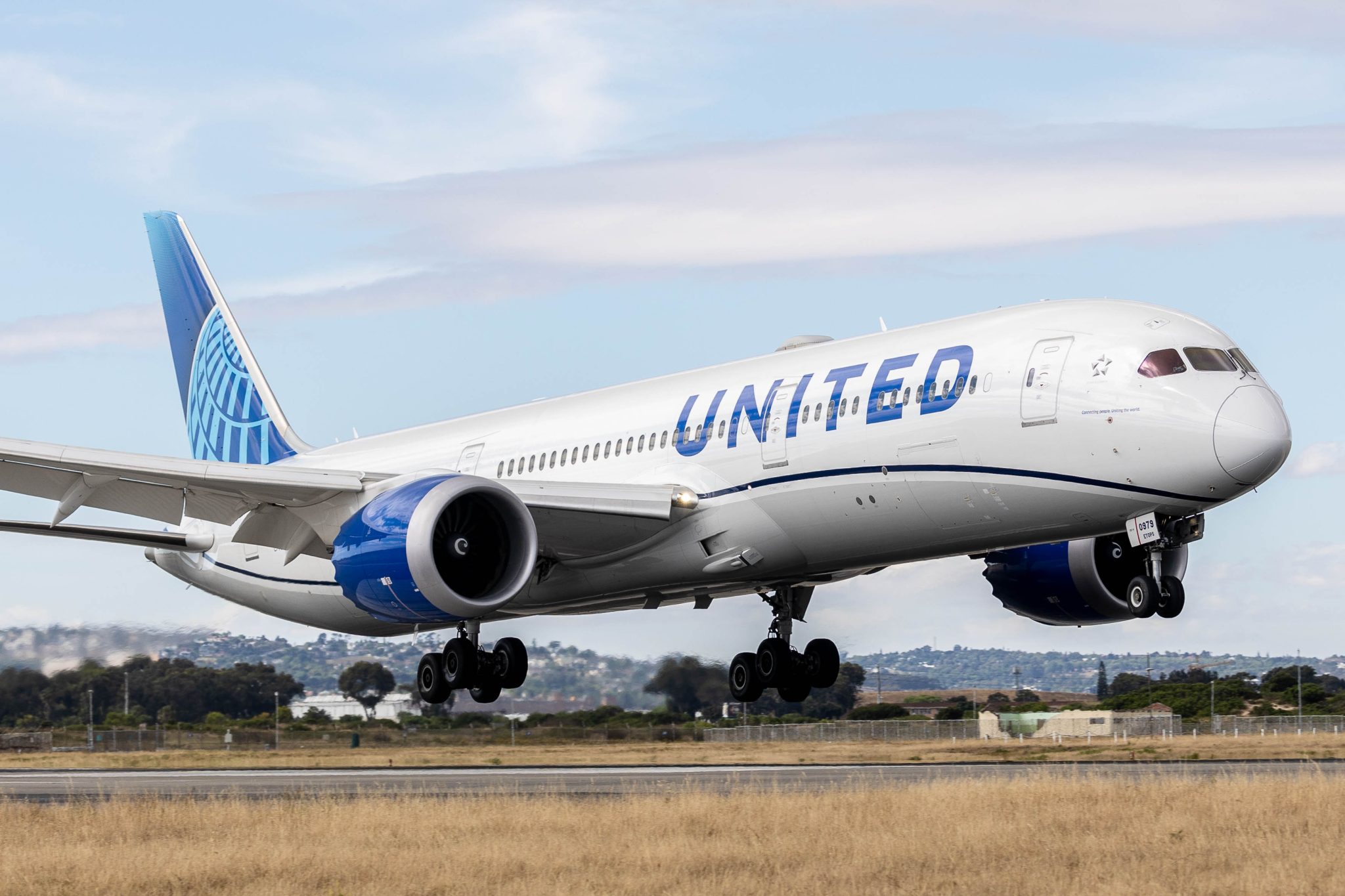In early January 2025, the Director of Civil Aviation, Poppy Khoza, announced significant amendments to the South African Civil Aviation Technical Standards (SA-CATS) under the Civil Aviation Act, 2009 (Act No. 13 of 2009). These amendments, which come into effect on the date of approval by the Director, focus primarily on technical standards related to aircraft position tracking, particularly for distress situations.
Here is what you need to know:
Changes to Position Tracking for Aircraft in Distress:
One of the most important changes outlined in this amendment is related to the autonomous transmission of position data from aircraft in distress. The amendment requires certain aircraft to autonomously transmit their position every minute, allowing air service operators to track the aircraft’s location in distress situations.
Who Is Affected?
The amendment applies to aircraft with a Maximum Certificated Mass (MCM) over 5,700 kg, with a particular emphasis on two categories:
Aircraft with an MCM greater than 27,000 kg: If the aircraft’s individual certificate of airworthiness was first issued on or after 1 January 2024, the aircraft is required to autonomously transmit position data at least once per minute in the event of a distress situation.
Aircraft with an MCM between 5,700 kg and 27,000 kg: For these aircraft, the requirement applies if their certificate of airworthiness was issued on or after 1 January 2023.
What Will Change in Practice?
Aircraft in these categories must be equipped with the necessary technology to autonomously transmit position data to air service operators, especially when in distress. This can greatly improve response times in emergencies, such as crashes or when aircraft are lost or off course.
This new measure aims to enhance aviation safety by providing real-time tracking of aircraft in distress, allowing for more rapid and accurate search and rescue operations.
How ADS-B Plays a Role in the Changes
One of the major technological enablers is Automatic Dependent Surveillance-Broadcast (ADS-B). ADS-B is a surveillance technology used in aviation that allows aircraft to automatically broadcast their position, velocity, and other relevant flight data to air traffic controllers and nearby aircraft. The data is transmitted through a dedicated radio frequency, enabling real-time position updates for both pilots and air traffic controllers.
There are two main components to ADS-B:
- ADS-B Out: This is the system that automatically broadcasts an aircraft’s position, velocity, and other information to external receivers (like air traffic control systems or other aircraft).
- ADS-B In: This allows an aircraft to receive position data from other aircraft or ground stations. It enhances situational awareness by providing pilots with information about nearby traffic.
ADS-B will therefore perfectly align with the new regulations providing operators with the following:
Autonomous Position Reporting
- Real-time Transmission: The new regulations require aircraft to transmit their position at least once per minute in distress situations. ADS-B Out is an ideal solution for this, as it can automatically send precise position data (latitude, longitude, altitude, speed) without any input from the pilot.
- Coverage and Frequency: The amendment requires that the transmission occur every minute. ADS-B Out operates continuously and can transmit updates at a much higher frequency than traditional radar-based systems, providing near real-time tracking of an aircraft’s location—vital in distress situations.
Accurate Tracking in Remote Areas
- Global Coverage: While traditional radar systems are limited to certain areas (mainly around airports or along well-travelled routes), ADS-B significantly enhances tracking even in remote areas where radar coverage is sparse or non-existent. This is especially useful for aircraft operating over oceans, deserts, or other regions without ground-based radar infrastructure.
- Increased Search and Rescue Efficiency: By using ADS-B, air traffic controllers and rescue teams can pinpoint an aircraft’s last known position with high accuracy, dramatically improving the efficiency of search and rescue operations.
Improving Safety in Distress Situations
- Automatic Activation: One of the most important aspects of ADS-B in the context of distress is that it operates autonomously. In an emergency, an aircraft doesn’t need manual input from the crew to transmit its position. This means that even if the crew is incapacitated or unable to communicate, the aircraft will continue transmitting its position, providing air traffic controllers with vital information.
- No Dependency on Ground Stations: ADS-B relies on satellite-based systems and aircraft-to-aircraft communications, so it doesn’t require traditional radar infrastructure or ground-based stations. This makes it particularly useful in cases where conventional radar cannot reach or is otherwise unavailable.
The Future of Compliance
Aircraft owners and operators will need to ensure that the aircraft is equipped with the necessary technology to comply with the new tracking requirements. Maintenance and Certification Bodies on the other hand need to update their procedures and ensure that any new or renewing aircraft meet these requirements. They must verify the installation and functionality of position-tracking equipment as part of routine checks. With the integration of technology like ADS-B, stakeholders in the industry are more able to ensure compliance and manage distress situations in the future.



